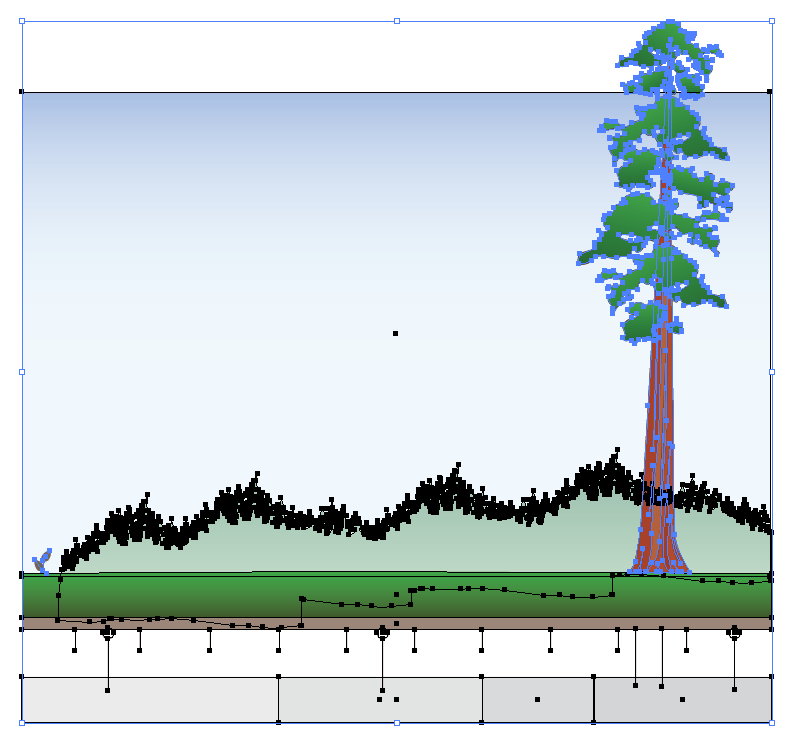

Alternatively, we can adjust the already existing anchor point at each end of the line. These curves can be made more complex by adding additional anchor points along the length of the path. The horizontal axis represents the frames and the vertical axis represents the tween’s percentage of change. The Custom ease graph represents the degree of motion over time. Properties -> Tweening -> Easing -> Edit easing Go to the Properties panel and make sure the Snap and Orient path options are checked.īy adding a custom easing to the animation, we will make the movement of the car look more natural. It’s time to play with the properties of tweening. Let’s make the animation smooth and more natural. Then right-click on the layer (car) and click Create Classic tween to make the car follow the path. Note: Make sure the center point of the car is at the start and end of the line.

The guide should follow the road to make the car move properly. Select the Pen Tool from the Tools panel. Right click on the layer (car) -> Add Classic Motion Guide It’s time to create a motion path to guide the car. Now we have the first frame and the last frame as well as the position of the car. Then move the car to that point in the scene where you want the animation to end. Then right click -> select Insert Keyframe. Select the frame on the timeline that you want to be the last frame of the animation. In our case, the car will be the only element that will be animated.ĭrag the car to the position that you want to start the animation from. Import vector based background asset to Animate on the first layer.Ĭreate a second layer and import the car.

We start off by creating a scene that consists of a road with two turns and a car for the purpose of the tutorial. We decided to do so because it’s a vector based program like Animate and it’s easy to exchange assets between them.
#ADOBE EDGE ANIMATE CC TUTORIAL HOW TO#


 0 kommentar(er)
0 kommentar(er)
